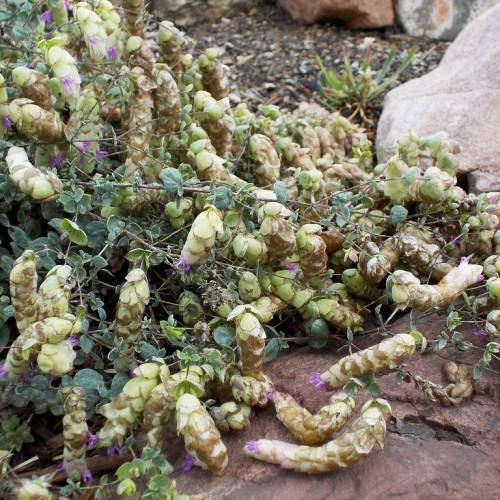
marjoram
Origanum libanoticum
Cycle:
Herbaceous Perennial
Watering:
Minimum
Hardiness Zone:
5 - 9
Flowers:
Flowers
Sun:
Full sun
Leaf:
Yes
Growth Rate:
Low
Maintenance:
Low
Salt Tolerant:
Yes
Tropical:
Yes
Care Level:
Medium
watering
Marjoram (Origanum libanoticum) prefers moist soil but should not be overwatered. During the growing season, water your marjoram plant deeply whenever the top inch of soil begins to feel dry to the touch. Aim to water your plant at least once or twice a week, but if your location has very warm and dry weather you may need to water marjoram more frequently. During the winter, significantly reduce watering to once per month or less – allowing the soil to dry out almost completely before watering again.
sunlight
Marjoram (Origanum libanoticum) is a sun-loving species that does best when planted in well-drained soil in full sunlight or in a brightly lit spot with at least 6 hours of direct sunlight a day. During summer months it is important to ensure Marjoram is watered regularly as it does not tolerate drought. In general it prefers cool mild summers with warm nights. In winter Marjoram should be protected from frost to ensure healthy and productive growth.
pruning
Marjoram should be pruned to keep the plants healthy and productive. Pruning is usually done twice a year, in the spring and autumn. In the spring, prune the plant to remove any weak or dead branches, and to reduce the size of the plant to a manageable height. If needed, reduce longer branches by up to 1/3 of their length. Prune again in the autumn, when the leaves start to yellow. This will encourage the production of young growth in the spring. Be sure to make all cuts at a 45 degree angle and just above a leaf node. Make sure to sterilize your pruning shears to prevent spread of disease.
